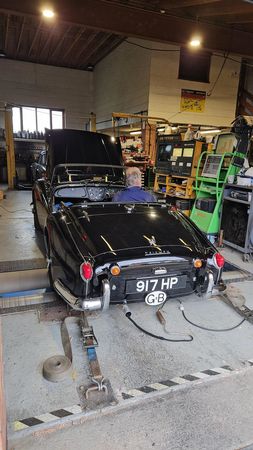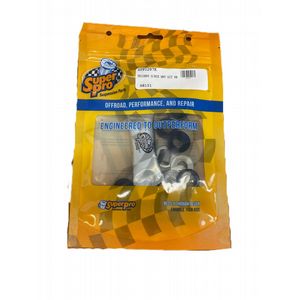Classic Car Tuning
Published: 05 Aug 2025

Firstly, it's important to understand the difference between a 'tune up' and Tuning.
In them olden days you would take your A35 for a service and the man
might give your car a 'tune up' which would mean, assuming the car was, as it left
the factory, adjusting the timing and mixture to manufacturers recommendations.
Tuning is where, with the benefit of a rolling road, to enable load to be
applied with the car effectively running up a hill or flat out, the ignition and
mixture requirements can be adjusted to suit that particular engine, in that
particular car uniquely.
Two immediate problems face us in 2025, in that each engine is different,
bearing in mind the 'engine' effectively starts with the fuel filler cap and
ends with the exhaust tail pipe.
Think for a moment about the engine in your car.
- Has it been rebuilt?
- Has it been rebored, and is therefore a larger capacity?
- Is the exhaust original?
- Had the head been worked?
- Are the carburettors original?
- And finally, and most importantly, are you using 1960'/70's fuel?
Well of course not.
Fuel has advanced enormously since our
cars were built, with the consequence that tuning will be beneficial, even if
you are sure your car is completely standards.
It is worth pointing out that TR
engines were not built to the same standards or tolerances that are enjoyed
today, so there was great variation between units, therefore the specified
characteristics of carburettors metering units and distributors were an average
that would suit some engines better than others.
The standard Metering Unit fitted
to PI TR5-6 is highly unlikely to be correct as the unit only senses vacuum to
gauge how much fuel to mix with the air, and vacuum can change enormously from
engine to engine.
With the above in mind, tuning is vital to ensure engines run correctly,
producing the best power and torque coupled with appropriate fuel consumption.

